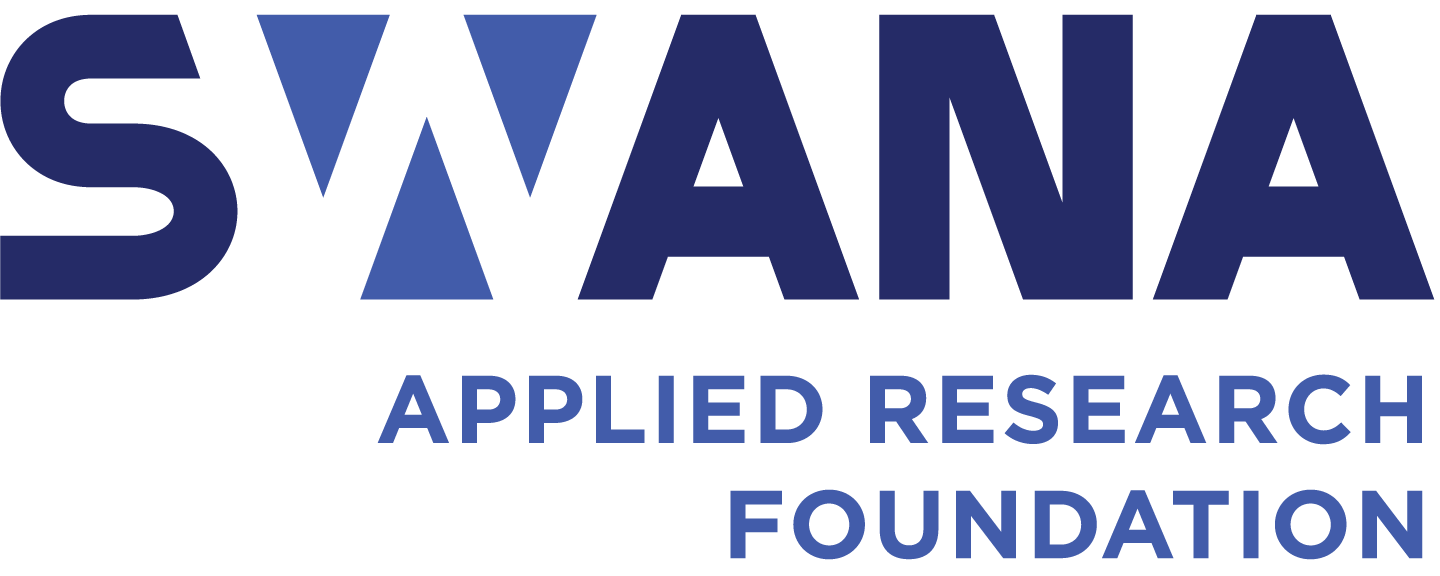
A new report developed by the Solid Waste Association of North America’s (SWANA) Applied Research Foundation (ARF) addresses PFAS fate and transfer in Waste-to-Energy Facilities.
Per- and polyfluoroalkyl substances (PFAS) have getting a lot of attention these days. PFAS is a long-chain compound prized for its ability to resist friction, heat, and decay. Studies have shown that there may be negative health impacts to PFAS exposure. PFAS is especially interesting to solid waste professionals because of how difficult it is to remove from landfills. Can thermal combustion plants like waste-to-energy facilities actually reduce PFAS in waste?
The research findings presented in the report, PFAS Fate and Transport in Waste-to-Energy Facilities, are based on a literature review and an analysis of investigations of PFAS emissions from WTE facilities.
The report is available free to ARF Waste Conversion and Energy Recovery (WCER) Group subscribers. The report will be available for purchase to SWANA members and the general public in June, 2022.
The Executive Summary to this report can be accessed by filling out the Contact Form.
